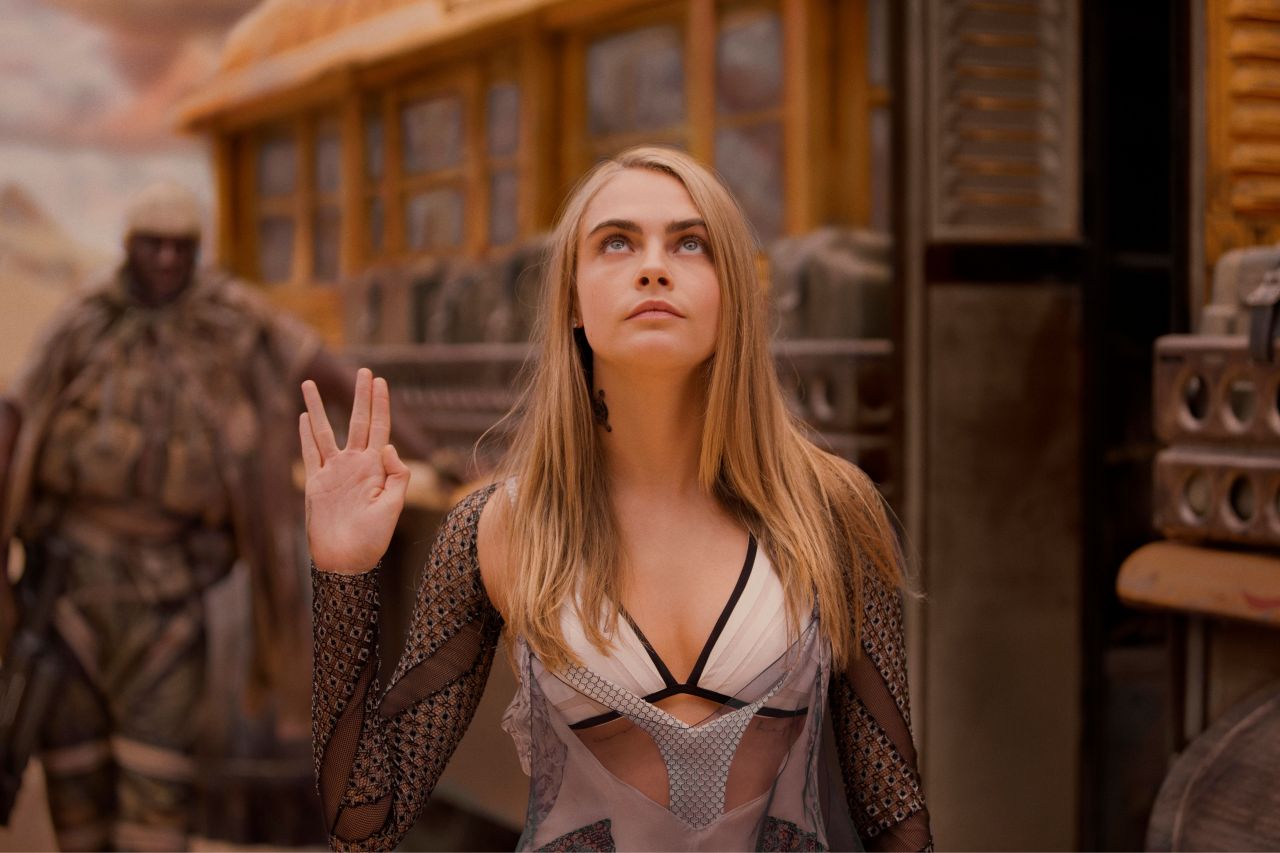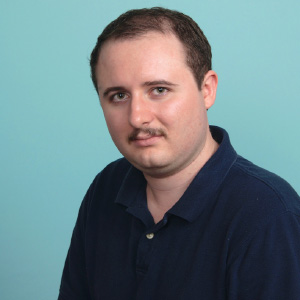In the spirit of full disclosure, I’ve always been a fan of French director Luc Besson. I would sing the praises for “La Femme Nikita,” “The Professional” and “The Fifth Element” all day long if no one stopped me.
That said, his most recent major directorial role was with 2015’s “Lucy,” a good-but-not-great film that left some critics wondering if Besson was losing his touch. When it was announced that he would be returning to the genre of space opera, hopes and expectations were high, and “Valerian and the City of a Thousand Planets” absolutely delivered.
While I’ve avoided any major spoilers, there are a few things I really can’t discuss without giving away some minor ones. I’ll let you know when they’re coming, and I won’t talk about anything after the middle of the second act.
It’s been said that the parts of a movie an audience remembers best are the first five minutes and the last ten. “Valerian” has what might be the best opening of any movie I’ve seen this year. Set to the tune of David Bowie’s “Space Oddity,” the audience is greeted with a montage starting with the famous 1978 Apollo-Soyuz handshake between American astronauts and Soviet cosmonauts.
It then cuts to the near future as the first Chinese crew is arriving at the International Space Station. The scene is repeated several times as other peoples, and eventually aliens, are invited to the station. All the while, the station grows with the passing centuries until it becomes the titular “City of a Thousand Planets,” properly known as the Alpha Intergalactic Space Station. It is an amazing scene reminiscent of an older, more optimistic vision of the future.
The weird thing is that, considering how good the movie is at conveying information without relying on exposition, it really loves exposition. When the protagonists, Valerian and Laureline, arrive at Alpha, their ship’s AI spends a solid minute providing trivia about the station. The whole scene feels very artificial, and a lot of it seems like stuff the character should already be aware of. Most of what she says never even factors into the plot, and since the audience already knows what Alpha is by this point, it serves no purpose whatsoever. There aren’t too many scenes like this, but it stops the movie dead.
Fortunately, most of “Valerian” is quite good. Immediately after the spectacular opening is a lengthy scene introducing one of the alien races. While it may go on a bit too long, it is interesting to watch and does a good job of introducing things that will be very important to the story very soon.
My personal favorite scene comes in the middle of the movie, when Laureline is captured by the dumpiest aliens ever put to film. Eventually, a large, bumbling female alien comes in and starts forcefully giving her a makeover. It’s hard to articulate exactly why the scene is funny, but it’s hilarious. Other great moments are when Valerian is in a shootout with his hand in one dimension and the rest of him in another, and a chase through Alpha where every room is an entirely separate biome.
Dane DeHaan has the title role as Major Valerian, and Cara Delevingne plays his sidekick and love interest, Sergeant Laureline. DeHaan was okay, but not spectacular in this, while Delevingne’s performance was more of a mixed bag. Although she is good in a few scenes, many of her line readings are very flat. One moment in particular that stands out is when she’s interacting with a small rodent-like creature. The scene is supposed to show that Laureline has a softer side, but Delevingne just sounded bored.
One performance that was surprisingly good came from Rihanna as Bubble, a shapeshifting “entertainer.” I know Rihanna breaking into acting was something of a punchline a few years ago, but she runs away with every scene she’s in. I would have liked to see Bubble tagging along for the rest of the adventure, but her time in the film is, unfortunately, very brief.
On the subject of screen time, the film likes to introduce new concepts, build a huge elaborate scene around them, then immediately drop it. I’m going to try not to get too specific here, but if you absolutely want to avoid any hint of spoilers it might be best to skip to the next paragraph.
At one point, Valerian and Laureline don suits of power armor that make them strong enough to run through walls. There is an entire, very elaborate, scene built around that ability, but it’s never used or mentioned again. Add the plot-critical McGuffin to the list of things that could have solved multiple problems but only gets used once, in addition to a supporting character who dies the exact moment they are no longer useful to the plot.
“Valerian and the City of a Thousand Planets” is based on a long-running series of French graphic novels titled “Valerian and Laureline.” One thing that I found mildly surprising is that the film was not an origin story. As a matter of fact, in some ways, it feels like the conclusion to an arc we didn’t get to see. I actually quite like that approach, as it allows the story to hit the ground running.
Rather than choosing a specific story from the comic to adapt, the film borrows elements from across the series’ forty-year run. While there are some benefits to this strategy, I’m willing to bet it’s the reason for the movie’s schizophrenic pace. It feels like Luc Besson realized he was being given basically unlimited money and resources and went a wee bit crazy. However, that isn’t necessarily a bad thing, and I’d take the hyperactive rambling of a mad genius over bland design by committee any day.
If asked to describe “Valerian and the City of a Thousand Planets” in a single sentence it would be, “If ‘Star Wars’ were ‘The Fifth Element.’” I don’t know if this really qualifies as a return to form for Besson, but it certainly feels like one. Despite a bit of rambling, it’s a fun, action-packed adventure, and I’d be surprised if it isn’t one of the best movies of 2017.









